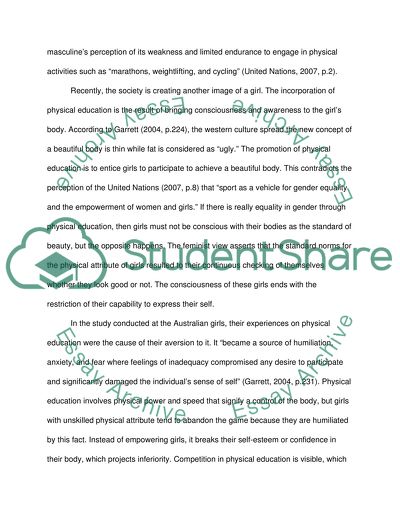Cite this document
(“The Aversion of Female Students on Physical Education Essay”, n.d.)
The Aversion of Female Students on Physical Education Essay. Retrieved from https://studentshare.org/sociology/1442756-the-aversion-of-female-students-on-physical-education
The Aversion of Female Students on Physical Education Essay. Retrieved from https://studentshare.org/sociology/1442756-the-aversion-of-female-students-on-physical-education
(The Aversion of Female Students on Physical Education Essay)
The Aversion of Female Students on Physical Education Essay. https://studentshare.org/sociology/1442756-the-aversion-of-female-students-on-physical-education.
The Aversion of Female Students on Physical Education Essay. https://studentshare.org/sociology/1442756-the-aversion-of-female-students-on-physical-education.
“The Aversion of Female Students on Physical Education Essay”, n.d. https://studentshare.org/sociology/1442756-the-aversion-of-female-students-on-physical-education.


